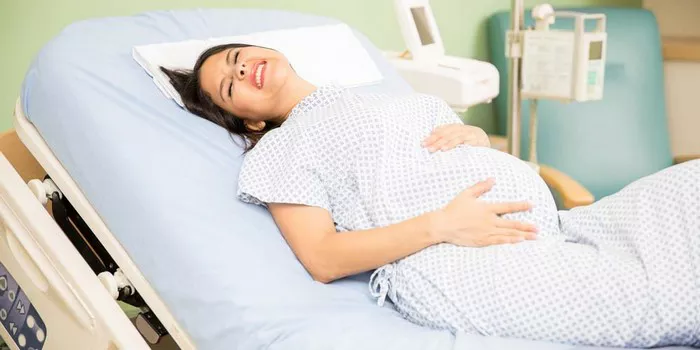A recent study investigated the relationship between the Body Roundness Index (BRI), a more precise measure of body and visceral fat, and the risk of infertility among married women aged 20–45 years. Drawing from data provided by the National Health and Nutrition Examination Survey (NHANES), the study analyzed the fertility outcomes of 1,305 women, using logistic regression and other statistical methods to examine the impact of BRI on infertility.
The findings reveal a significant association between higher BRI values and increased infertility risk. Specifically, an increase of one unit in BRI was linked to a 13% higher prevalence of infertility after adjusting for other factors (OR = 1.13; 95% CI: 1.05, 1.21). Women with higher BRI values faced a much greater likelihood of infertility, with an odds ratio (OR) of 2.20 (95% CI: 1.42, 3.42) compared to the reference group.
Furthermore, smooth curve fitting analysis identified a nonlinear relationship between BRI and infertility, with an inflection point occurring at a BRI value of 7.95, indicating that the risk of infertility increased sharply beyond this threshold.
The study’s subgroup analyses revealed that this relationship remained robust across various demographic segments, including age, ethnicity, and socio-economic status. Receiver Operating Characteristic (ROC) analysis showed that BRI had diagnostic potential, particularly for younger women. However, its relevance as a predictive marker diminished for women over the age of 35, similar to other common obesity markers.
The study is the first to rigorously confirm the link between elevated BRI and a higher prevalence of infertility in women aged 20–45. Based on these findings, maintaining a healthy weight and waist circumference is recommended to optimize fertility. The study also suggests that integrating BRI into clinical practice could facilitate early interventions for women at risk of infertility.
However, the authors stress the need for further research to better identify predictive markers of infertility in women aged 36–45. This would help fine-tune early diagnostic measures and improve fertility treatment strategies for women in this age group.
Related topics:
Link Between Body Roundness Index and Infertility Explored in New Study
What Are the Test for Female Fertility?
Healthy Lifestyle Significantly Reduces Infertility Risk in Women, Study Finds
























